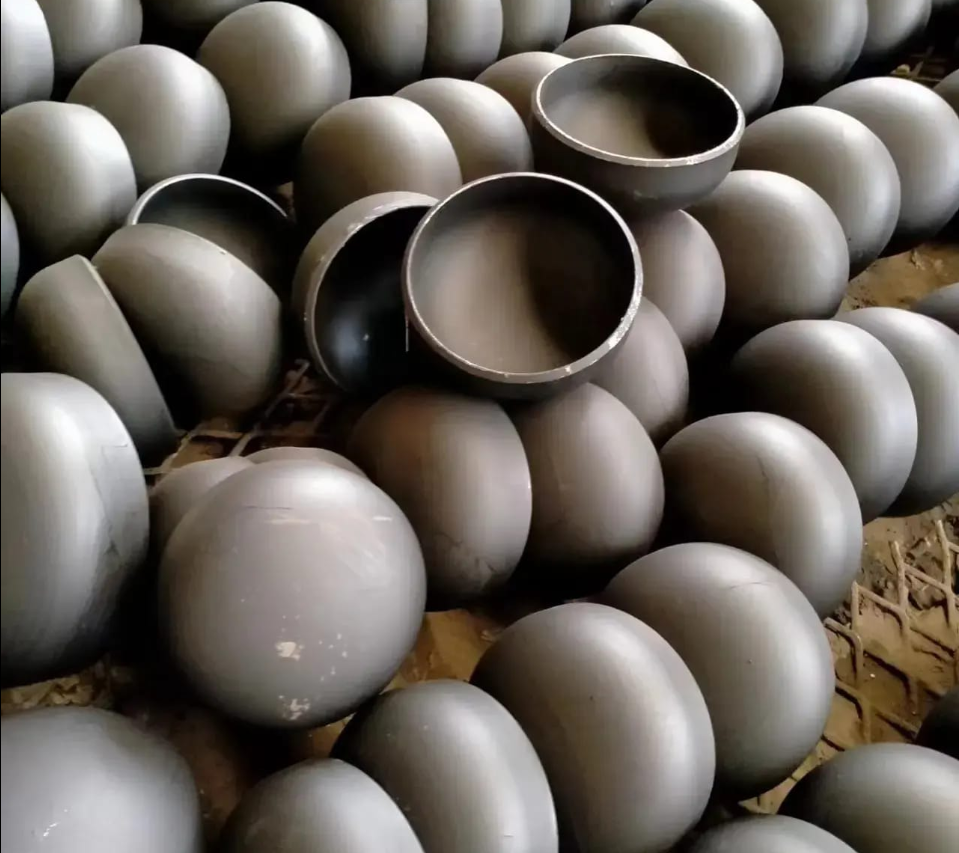-
Cangzhou Yulong Steel Co., Ltd.
-
Phone:
+86 13303177267 -
Email:
admin@ylsteelfittings.com
- English
- Arabic
- Italian
- Spanish
- Portuguese
- German
- kazakh
- Persian
- Greek
- French
- Russian
- Polish
- Thai
- Indonesian
- Vietnamese
- Zulu
- Korean
- Uzbek
- Hindi
- Serbian
- Malay
- Ukrainian
- Gujarati
- Haitian Creole
- hausa
- hawaiian
- Hebrew
- Miao
- Hungarian
- Icelandic
- igbo
- irish
- Japanese
- Javanese
- Kannada
- Khmer
- Rwandese
- Afrikaans
- Albanian
- Amharic
- Armenian
- Azerbaijani
- Basque
- Belarusian
- Bengali
- Bosnian
- Bulgarian
- Catalan
- Cebuano
- China
- China (Taiwan)
- Corsican
- Croatian
- Czech
- Danish
- Esperanto
- Estonian
- Finnish
- Frisian
- Galician
- Georgian
- Kurdish
- Kyrgyz
- Lao
- Latin
- Latvian
- Lithuanian
- Luxembourgish
- Macedonian
- Malgashi
- Malayalam
- Maltese
- Maori
- Marathi
- Mongolian
- Myanmar
- Nepali
- Norwegian
- Norwegian
- Occitan
- Pashto
- Dutch
- Punjabi
- Romanian
- Samoan
- Scottish Gaelic
- Sesotho
- Shona
- Sindhi
- Sinhala
- Slovak
- Slovenian
- Somali
- Sundanese
- Swahili
- Swedish
- Tagalog
- Tajik
- Tamil
- Tatar
- Telugu
- Turkish
- Turkmen
- Urdu
- Uighur
- Welsh
- Bantu
- Yiddish
- Yoruba

Jul . 28, 2024 15:34 Back to list
Understanding Slip Blind Dimensions and Their Impact on Engineering Applications and Designs
Understanding Slip Blind Dimensions A Key to Effective Pipeline Management
In the world of pipeline construction and maintenance, the term slip blind refers to specialized equipment used to seal or isolate sections of piping. This device is crucial for ensuring safety and efficiency in various industrial applications, particularly in the oil, gas, and chemical sectors. One of the key factors that contribute to the successful implementation of slip blinds is the precise understanding of their dimensions.
What are Slip Blinds?
Slip blinds are flat or slightly curved plates that can be inserted into a piping system to block the flow of gases or liquids. They act as temporary barriers, allowing maintenance workers to safely inspect, repair, or replace sections of a pipeline without the risk of hazardous materials escaping. Slip blinds are essential in situations where a complete line shutdown is not feasible, as they provide a convenient and effective means of isolating specific segments of pipeline infrastructure.
Importance of Dimensions
The effectiveness of a slip blind largely depends on its dimensions, which must be accurately defined to ensure proper fit and functionality. The dimensions usually include the outer diameter, inner diameter, thickness, and sometimes, the bolt hole configuration. These measurements ensure that the blind can be inserted or removed easily, and that it forms a tight seal when in place, preventing leaks and ensuring the safety of personnel.
1. Outer and Inner Diameter The outer diameter must match the size of the pipe it is intended to seal, while the inner diameter is critical for the slip blind’s insertion. Understanding the pipe’s dimensions is essential in designing a slip blind that fits properly without requiring excessive force.
slip blind dimensions

2. Thickness The thickness of the slip blind contributes to its strength and durability. It must be thick enough to withstand the pressure of the contained fluids but also manageable for installation and removal.
3. Bolt Hole Configuration The arrangement of bolt holes on the slip blind should match the corresponding holes on the pipeline flanges. Accurate bolting is vital for securing the slip blind in place, thereby preventing leaks and ensuring a robust seal.
Measuring and Manufacturing Slip Blinds
The process of measuring and manufacturing slip blinds should be approached with diligence and precision. Companies often use standardized dimensions for common pipe sizes; however, customized dimensions may be necessary for unique applications.
When measuring for slip blinds, professionals typically employ various tools, such as calipers and gauges, to obtain accurate readings of the pipe’s dimensions. Design software can also assist engineers in developing slip blind specifications tailored to specific project requirements.
Conclusion
In conclusion, the dimensions of slip blinds are critical to their successful application in pipeline isolation and maintenance. Proper understanding and measurement of these dimensions not only enhance the safety and effectiveness of industrial operations but also contribute to the overall reliability of pipeline systems. With the rise of advanced manufacturing techniques and materials, the industry continues to innovate slip blind designs, but the core principle remains – precision in dimensions leads to operational excellence. As the demand for efficient and safe pipeline management systems continues to grow, so does the importance of understanding the intricacies behind slip blind dimensions.
Latest news
-
ANSI 150P SS304 SO FLANGE
NewsFeb.14,2025
-
ASTM A333GR6 STEEL PIPE
NewsJan.20,2025
-
ANSI B16.5 WELDING NECK FLANGE
NewsJan.15,2026
-
ANSI B16.5 SLIP-ON FLANGE
NewsApr.19,2024
-
SABS 1123 FLANGE
NewsJan.15,2025
-
DIN86044 PLATE FLANGE
NewsApr.19,2024
-
DIN2527 BLIND FLANGE
NewsApr.12,2024
-
JIS B2311 Butt-Welding Fittings LR/SR 45°/90° /180°Seamless/Weld
NewsApr.23,2024











